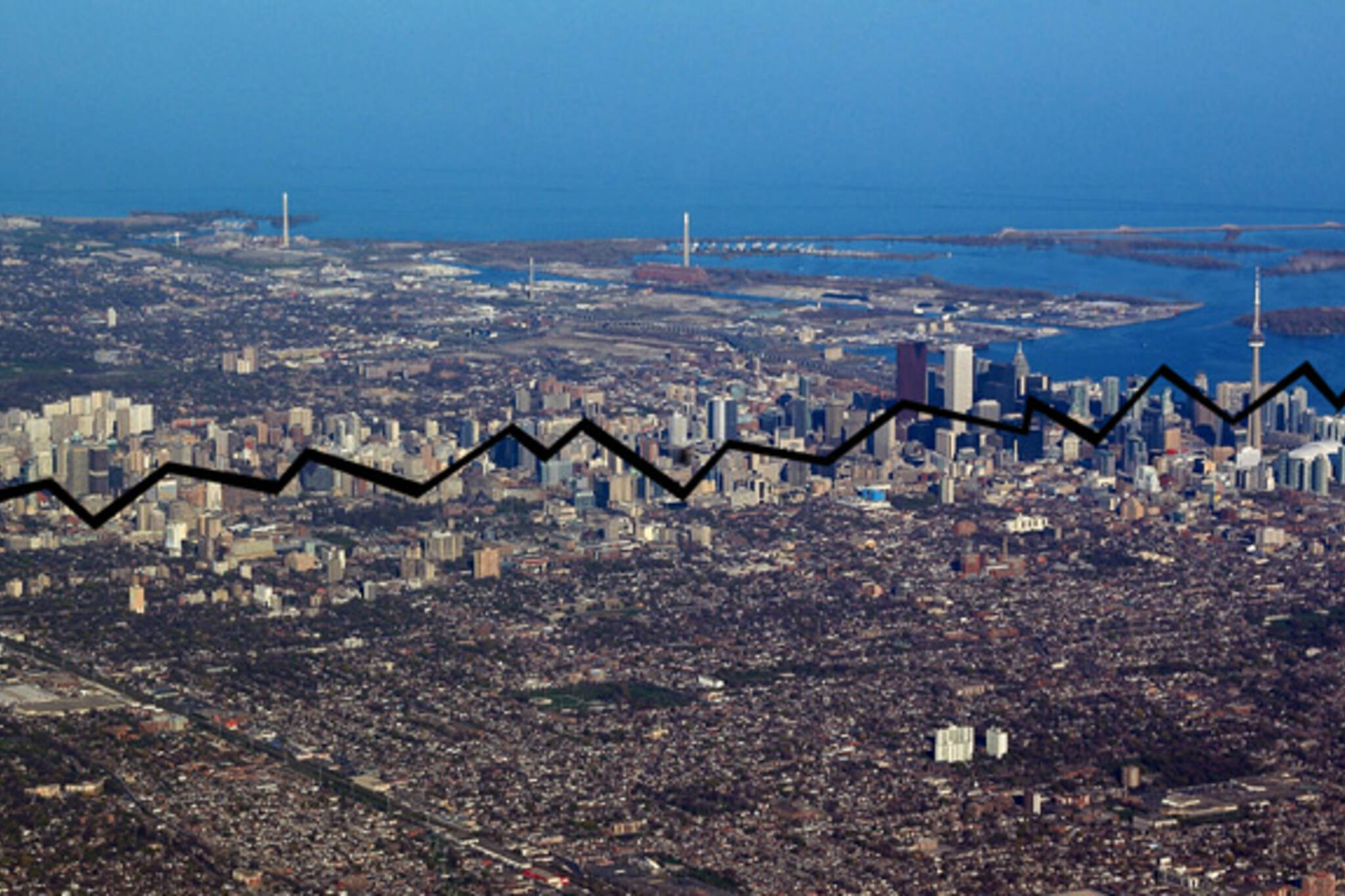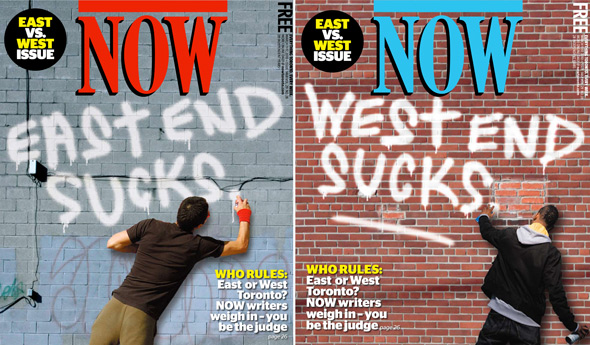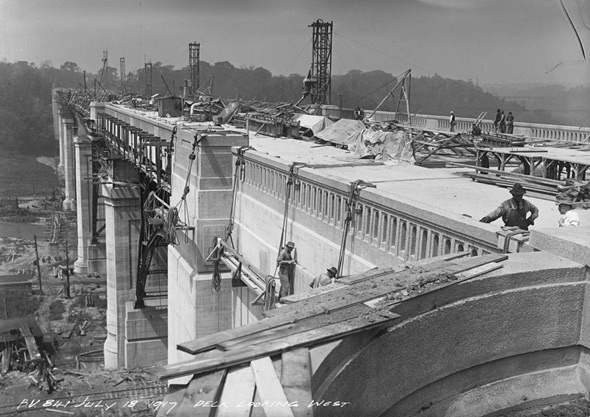
NOW writes the latest chapter in the city's East vs. West rivalry
It's a question that's been around for almost as long as Toronto itself. Is there chasm -- some deep-seated animosity -- between the East and West sides of this city? And, if so, where's the line that divides us from ourselves?
Well, just in case you thought the condominiumization of Toronto had rendered such questions moot, NOW magazine has poured a little petrol on the fire. This week's edition of the publication will feature two different covers, one for readers in the East and one for readers in the West.
It's a pretty cool idea, and one that got me thinking about the roots of this putative split. Pretty much all cities feature different cultural and socio-economic identities from neighbourhood to neighbourhood, but being split up the middle is a bit more dramatic, isn't it?

NOW has chosen Yonge St. as the dividing line, declaring it a metaphoric Switzerland in the city's rivalry. This choice has become somewhat standard when having the East vs. West debate, but I've never thought it quite right. To me, the so-called Switzerland (or purgatory, if you will) covers quite a bit more territory. I'd argue that the area between the Don Valley to the east and University/Avenue Rd. to the west is one big no-man's land.
I don't feel like I'm on the West side of Toronto when walking along Bay St. And I don't get the sense that I'm in the East when riding my bike through Rosedale. Perhaps, this expanse should be thought of as central Toronto?
There are many theories bandied about when it comes to trying to explain why it is that so many Torontonians pledge what seems to be permanent allegiance to one side of the city over the other. Chief among these, and the one that I subscribe to, is the notion that our separation was first a geographic one.
And it's for this reason that I don't use Yonge St. as the dividing line -- it's just too arbitrary. As might be obvious from my charting of the space between East and West, I've always thought that it was the Don Valley that split our city.
Prior to the completion of the Bloor Viaduct in 1918, remember, it wasn't so convenient to travel from one side of the city to the other. Although bridges existed at Queen and Gerrard streets, there were few options to cross the Don to the north (short of swimming).

Could it be that even after all these years, the valley the Viaduct crosses still poses an obstacle to a unified Toronto?
Perhaps surprisingly, the answer may be yes. While it's now easy to pass from one side of the city to the other, a certain self-sufficiency seems to have always characterized the East and West sides of Toronto, one that very well may have originated prior to the construction of the viaduct. And, maybe just maybe, this is what perpetuates the rivalry between the two.
The East has the Don River, Greektown, Leslieville and the Beach, while the West boasts the Humber, Little Italy, Queen West and High Park. And the comparisons don't end there. Residents of each side seem always able to cite a superior counterpart to a cherished attraction found on the side of the city opposite them. Based on this logic, there's little reason to travel sideways.
Is one side of Toronto truly better than the other? Well, yes -- but which one depends on who you ask.
Photo of the Bloor Viaduct under construction from the City of Toronto Archives.
Latest Videos
Latest Videos
Join the conversation Load comments







